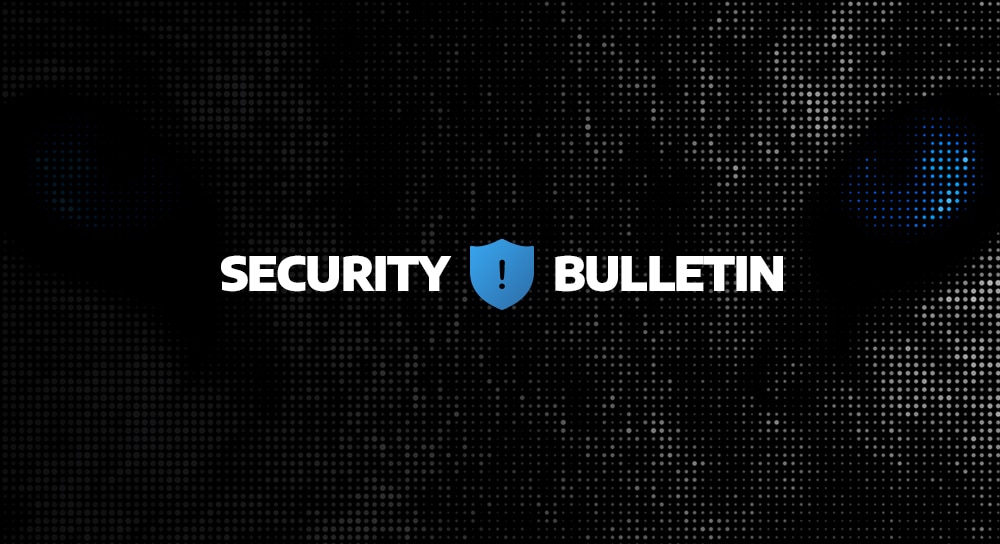Asking who is responsible for your company’s cybersecurity is a bit like asking who is responsible for your company’s finances.
The CFO may be nominally responsible for the financial health of the company, but they must work in tandem with sales, marketing, and operations to bring in revenue and spend smartly. The C-suite, meanwhile, is responsible for leading, approving, and funding the strategy required to generate sales.
Cybersecurity is no different.
IT needs everyone to actively participate in keeping the organization secure. Employees need to be aware of and adopt cybersecurity best practices, while the C-suite must participate in creating—and adequately funding—the company’s security strategy.

A data breach will affect the whole organization, so cybersecurity responsibilities must resonate throughout all departments. IT will be on the hook to respond to the breach, but a breach will disrupt the work of all employees, which affects the company’s ability to serve customers.
The impacts may be long-lasting and devastating in terms of cost. A data breach can destroy brand value, depress the stock price, and make vendors, customers, and prospective employees look elsewhere. In addition, company leaders will find themselves distracted by regulators and lawyers as they look to clean up the mess and fend off class-action lawsuits.
Let the C-Suite Lead the Way
Far too often, cybersecurity is seen as simply a technology problem. While any solution certainly involves firewalls, patching, and the like, a technology-only perspective limits the effectiveness of your cybersecurity–and puts all the responsibility on IT’s shoulders.
Effective cybersecurity takes leadership from the top. A cybersecurity approach that’s endorsed and promoted by the C-suite sets expectations for the rest of the company and helps ensure compliance more effectively than when the IT team tries to enforce security by edict.
But for the C-suite to actively and effectively participate in the cybersecurity conversation, they need information.
One of the most powerful things IT can do is help the C-suite understand the company’s cybersecurity baseline so leaders know where they stand today. Not only does this spur initiatives to shore up defenses, but it emphasizes the value and return on investment of your security efforts to keep them funded.
Be Strategic About Cybersecurity
CISOs, CIOs, as well as CEOs, CFOs, and CMOs, are constantly faced with difficult decisions about where to invest time, money, and resources in securing the company and reducing its cyber risk.
Each of these leaders needs a clear understanding of the risks and threats to the company, as will as its current security posture and preparedness to meet continually greater challenges. This allows them to cut through the noise, prioritize assets, direct the company’s investments, and support strategic business decisions.
A security operations center (SOC), like the Arctic Wolf SOC-as-a-service outsourced solution, keeps companies more protected and keeps leaders up to speed. With threats and vulnerabilities analyzed in real-time, 24/7, a SOC-as-a-service helps IT evaluate and prioritize risks, and gives the C-suite the necessary information to make strategic decisions on cybersecurity investments.
For information on how Arctic Wolf can save your organization money, check out the TEI Report.





